We recently connected with IM’PERETIV and have shared our conversation below.
Alright, IM’PERETIV thanks for taking the time to share your stories and insights with us today. Can you talk to us about a project that’s meant a lot to you?
The most meaningful project I’ve worked on is actually a tie between two of my own releases: Full Circle [EP] and Burial Plots & Pyramid Schemes [LP]. There’s something powerful about first projects. They define a moment in time and leave a lasting imprint on your identity as an artist.
Full Circle was my first official release as both a producer and an artist. It was a deeply personal project that documented a major life transition. I had moved to Vancouver, BC in 2008, and after 11 years of building my music career there, I decided to move back to Ontario. That return felt symbolic, like a full-circle moment, and the music captured the emotion and mindset I was in during that time. The songs were ones I had been sitting on for a while, but they needed the right context and the right moment. That EP laid the foundation for what came next.
That next step was Burial Plots & Pyramid Schemes, a project I had envisioned for years. I came up with the name in 2018 and tweeted it in 2019, knowing it would eventually become a real release. At the time, I wasn’t ready. I needed to grow, experiment, and prove to myself that I could execute on a larger scale. After Full Circle, I knew I had the foundation to do just that.
The album features some of the most respected artists in the underground hip hop scene, including Benny the Butcher, Elcamino, Rick Hyde, G4 Jag, Asun Eastwood, Daniel Son, Pro Dillinger, and others. These are artists I admire and have looked up to for years. One fan even said I had assembled “the Avengers of underground hip hop,” which meant a lot to hear.
It took four years from the initial idea to the final release in 2022. Burial Plots & Pyramid Schemes represents my sound and identity as a producer and creative. It reflects my journey, my influences, and the world I’ve been building since I first started.
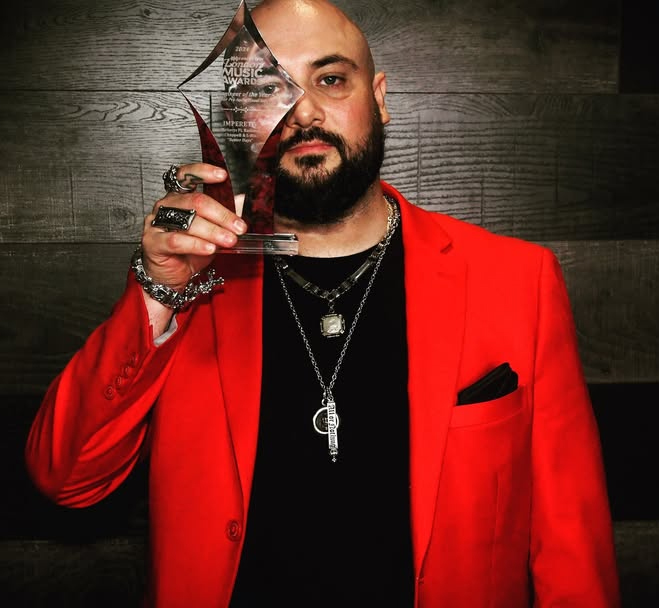
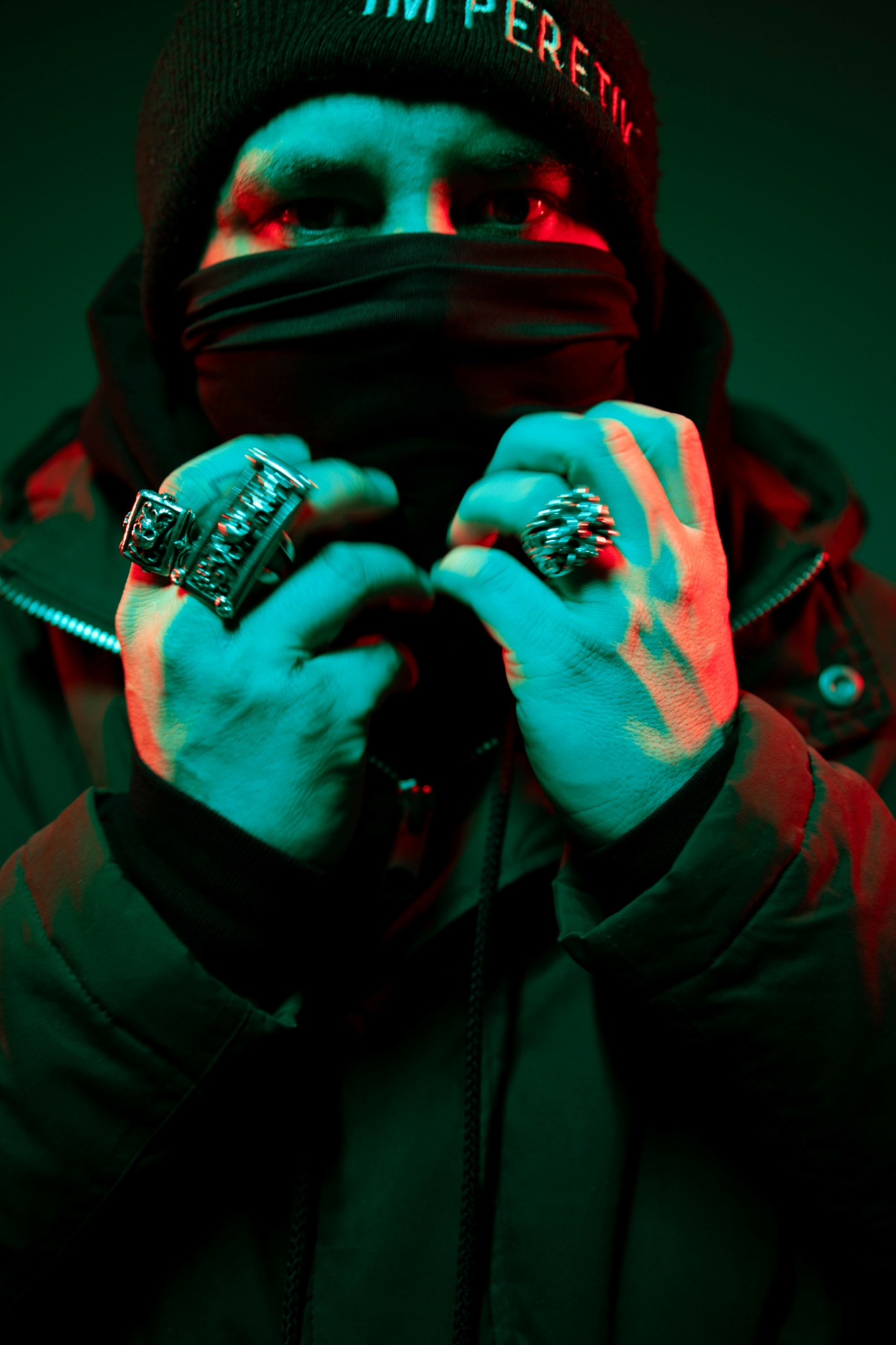
As always, we appreciate you sharing your insights and we’ve got a few more questions for you, but before we get to all of that can you take a minute to introduce yourself and give our readers some of your back background and context?
Before I got into music, I was a competitive snowboarder. I had recently moved from London, Ontario, to Vancouver, BC, and was working at a local snowboard shop while producing a snowboarding video. One day, while riding in the backcountry of Mount Seymour, I hit a jump and collapsed my eye socket. That injury changed everything. It affected my confidence, and I realized I could no longer ride at the same level. Without that outlet, I needed a new creative path. That’s when I found music.
From the beginning, I made a pact with myself. If I was going to do this, I was going to fully commit. That was around 2009, and I’ve been pushing forward ever since. I started producing beats for local artists and was fortunate to connect with some really talented ones early on. I dedicated myself to the craft, spent countless hours refining my sound, and put in well over my 10,000 hours.
In 2015, the main artist I was working with decided to quit music. That left me feeling unsure about what to do next. Around the same time, the music industry was shifting rapidly with the rise of streaming platforms. It wasn’t until 2018 that things started to come together again. I began treating myself more as an artist rather than just a producer looking for placements. I shifted my mindset and started building full projects where I had creative control and artistic input.
I took inspiration from people like The Alchemist, DJ Khaled, and Mike WiLL Made-It. I’ve especially looked up to The Alchemist and how he evolved his career. He once described his business model as similar to a craft brewery. That concept resonates with me. I’m not trying to appeal to everyone. I’m building a unique sound and brand for a core audience that truly connects with my work.
Under the name IM’PERETIV, I now create collaborative albums with artists such as G4 Jag, JRoberts, and DNTE. These are not just beat placements. They are true 50/50 partnerships, creatively, financially, and operationally. We recognize each other’s strengths and build off of them. Every decision and every effort is mutual.
What sets me apart is my commitment to staying independent and consistent while remaining true to my artistic vision. I’m not following trends. I’ve built a strong visual and sonic identity, and I’m proud to be building something sustainable and meaningful. I also use my platform to help others by mentoring emerging artists and sharing knowledge about how to build a business around music.
What I’m most proud of is how far I’ve come by staying authentic, both musically and in how I work with others. I want people to know that I’m building something with purpose, one project at a time.
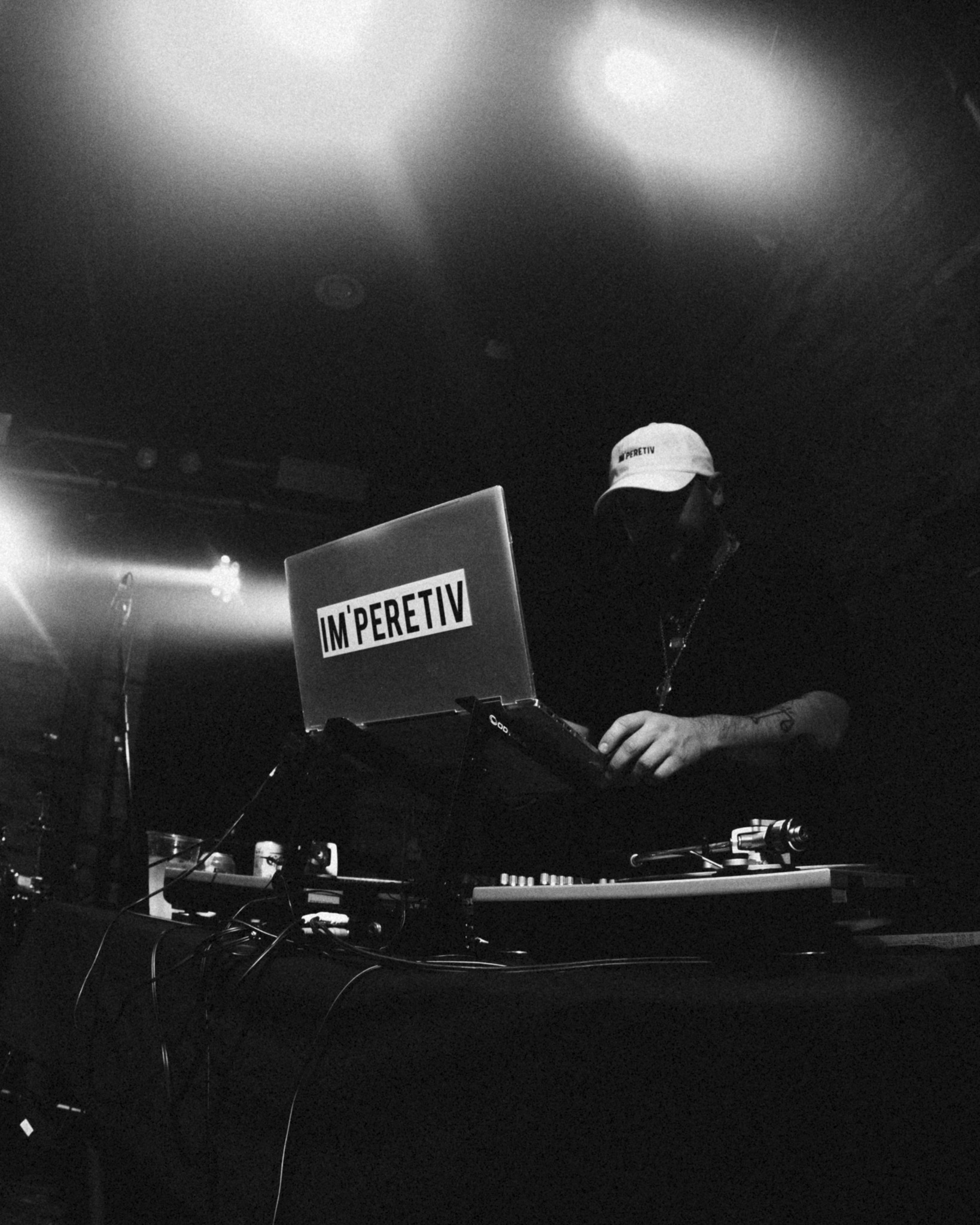
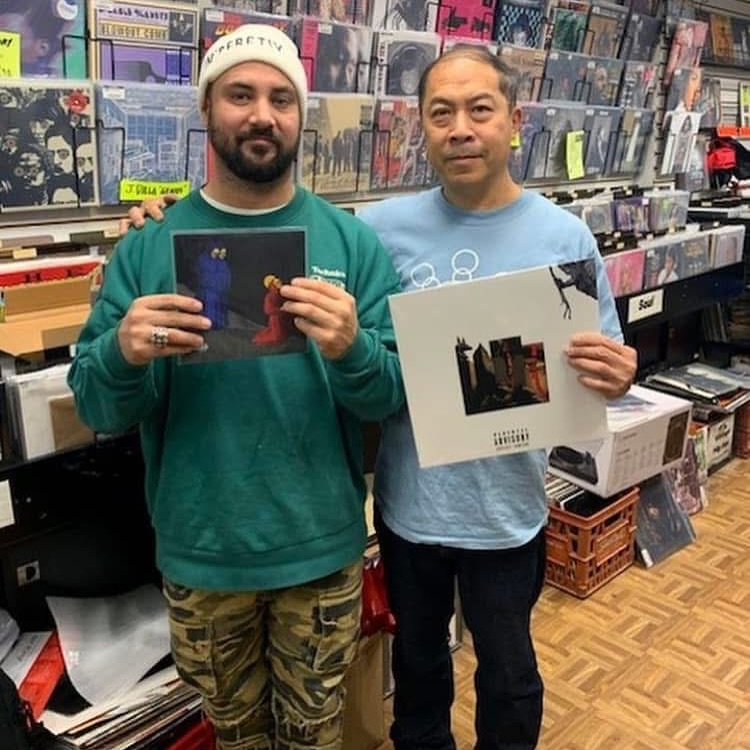
How about pivoting – can you share the story of a time you’ve had to pivot?
One of the biggest pivots in my journey happened in 2015. At that time, I was primarily working with an artist named J. West. He decided to step away from music to start a family and pursue a more financially stable career. That left me in a space of uncertainty. I had been deeply focused on our creative partnership, and when it ended, I spent the next few years creating beats without much direction. I was still producing, but more out of necessity than clarity. Music remained my outlet, even when I didn’t know where it was heading.
Things began to shift in 2017 and 2018 when Vancouver rapper Junk reached out and asked me to contribute beats to his project Audio Heroin. That became the spark that reignited everything. I ended up contributing to two tracks: “Fuck the Rules,” and “SocioMedia.” We built a strong working relationship, and he later asked me to fully produce his EP Together in Pieces. That project became the first in a producer series he would go on to continue with other beatmakers.
That opportunity helped me regain focus. It opened my eyes to a new way of approaching music and gave me a clearer vision for my role not just as a producer, but as an artist and entrepreneur. I released my first EP Full Circle, and shortly after began working on my debut full-length album Burial Plots & Pyramid Schemes.
I had already experimented with entrepreneurship in the past. In high school, I started a clothing brand called Frost Streetwear, and later another called Random Large Text. Those early ventures taught me how to build and sell products. Eventually, I began to view my beats the same way—as products. I saw them like t-shirt designs, and the rappers I collaborated with were like visual artists contributing to a final printed piece. A completed track became a fully finished design to be shared with fans and collectors.
Around this time, I made a big life decision to move back to Ontario after living in Vancouver for 11 years. That return inspired the title Full Circle. I had originally left Ontario in 2008, and came back in 2019. Two years later, I moved back to London, the city where I grew up. Returning after 13 years felt symbolic. The number 13 is often seen as unlucky, but in many cultures it also represents transformation, rebirth, and spiritual growth. That symbolism captured exactly what I was experiencing.
Not long after returning to Ontario, I randomly picked up and read The Alchemist by Paulo Coelho. The story of the protagonist, Santiago, resonated deeply with me. His journey of chasing treasure, learning from detours, and ultimately returning home transformed, felt very similar to my own. That book helped me see that my journey had meaning, even when I didn’t always understand it in the moment.
Then the pandemic hit. I lost my job, which could have been a setback, but instead I used that time to double down on music. The focus paid off in major ways. During that period, I released one of the most important singles of my career, Under the Scope, featuring Benny the Butcher (Griselda, Black Soprano Family, Def Jam) and Rick Hyde (Black Soprano Family), both from Buffalo. The single was pressed to 7″ vinyl and sold globally. The artwork was created by CEP, an artist whose work I had admired for years. He had designed covers for one of my biggest inspirations, Westside Gunn, as well as for Benny and other major underground artists.
That single and the full-length album Burial Plots & Pyramid Schemes marked a turning point in how I positioned myself in the industry. I began focusing on creating high-quality, independent projects with artists who shared my vision. Being back in Ontario also gave me closer access to artists in Toronto, Buffalo, and Rochester—regions that align closely with the sound I am part of, especially within the grimy, underground hip hop scene.
This entire chapter in my life—from losing a key collaborator, to rediscovering my direction, to moving across the country, launching major releases, and embracing my brand—was one of the most important pivots I’ve experienced. It helped shape my identity as a producer, an artist, and a business-minded creator.
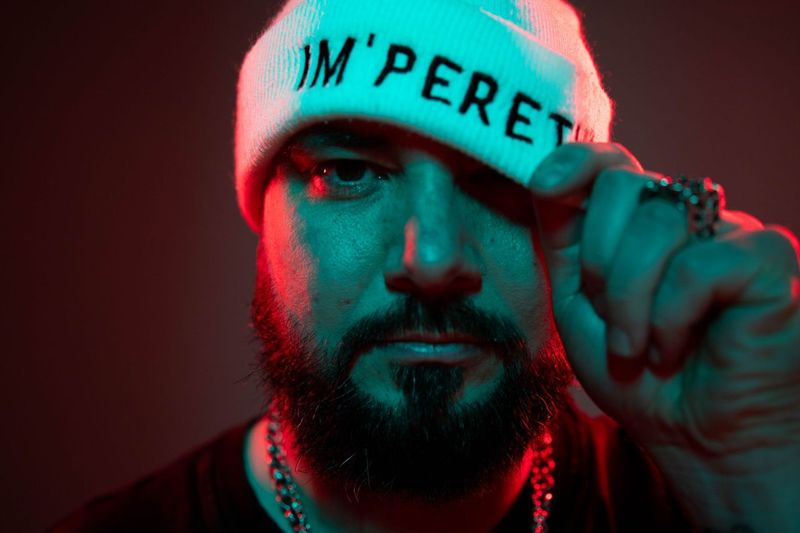

Any insights you can share with us about how you built up your social media presence?
I started building my social media audience through collaborations. As a producer, nearly every song or project I release involves another artist. Hip hop is a very collaborative culture, and I used that to my advantage. When I released music, I would tag the artists I worked with, and we would often share similar visuals across our pages. That consistency created familiarity for fans.
I also made a point of engaging with the followers of the artists I collaborated with. If someone liked or commented on a post related to a project I was part of, I would follow them. Often, they would check out my profile and see similar content, branding, or artists they already liked. That sense of familiarity made them more likely to follow back and become interested in my work. In many cases, those interactions turned into real fans and long-term supporters.
Branding and visuals played a major role too. I have a diploma in multimedia design, and I come from a snowboard and skateboard background, where strong design and branding are central. In those communities, everything from the boards to the clothing, videos, and magazines is visual. That influence carried into my approach to music.
Starting in 2018, I began including three consistent logos at the bottom of almost every post: my IM’PERETIV logo, a Parental Advisory label, and a Restricted symbol. These visual elements became part of my identity and helped make my content stand out. I would update the design slightly every year to keep things fresh, but the consistent presence of those graphics helped establish recognition.
Of course, social media has changed a lot over the years. Algorithms and content trends evolve quickly. I am still learning and testing what works best for my brand today. But the foundation of my approach remains the same. I focus on collaboration, consistency, and strong visual presentation.
For those just starting out, my advice is to stay intentional. Build real relationships and lean into collaboration. Pay attention to your branding, even in small details like layout and tone. Be consistent in how you show up. And don’t be afraid to experiment. Social media is always changing, but if you stay focused on what makes you unique and keep putting in the effort, your audience will grow over time.
Contact Info:
- Instagram: https://www.instagram.com/imperetiv/
- Facebook: https://www.facebook.com/imperetiv
- Linkedin: https://www.linkedin.com/in/imperetiv/
- Twitter: https://x.com/imperetiv
- Youtube: https://www.youtube.com/imperetiv
- Other: Spotify: https://open.spotify.com/artist/2u7T9J34ICxUqpU3YppMbr?si=iPVADC2QSG297S8XGaB7rQ
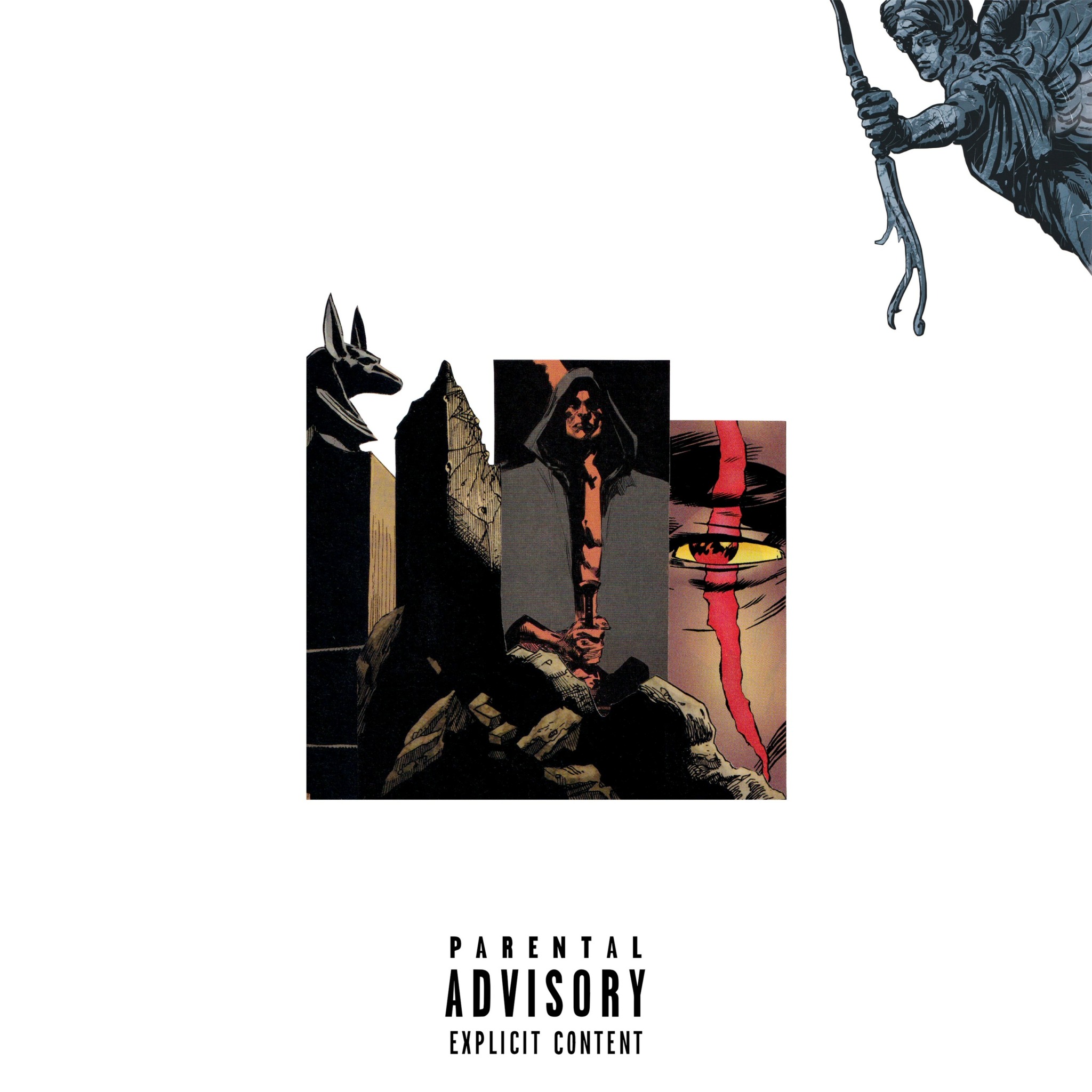
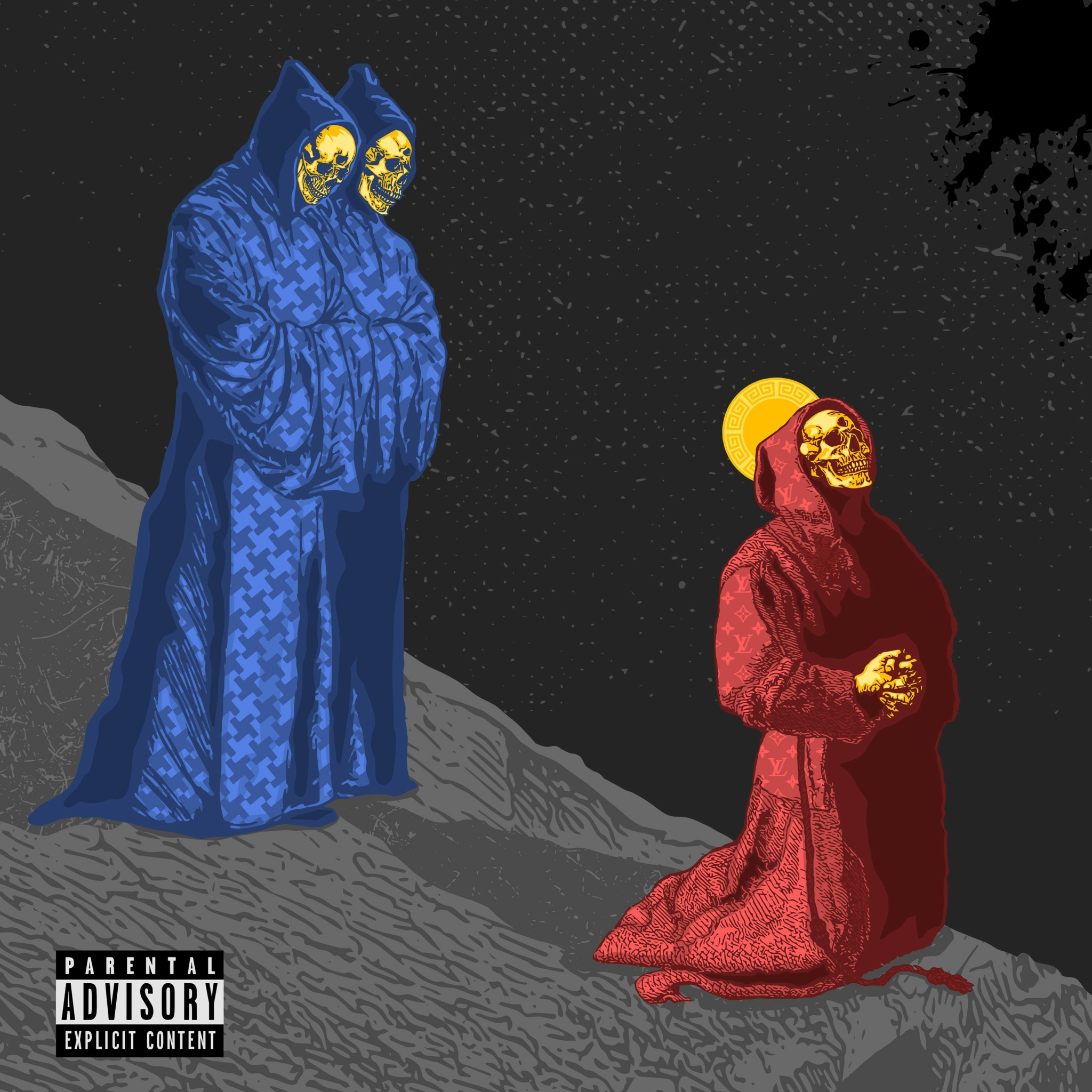
Image Credits
Jeff Chambers, Bennic, Whitney South, Burial Plots & Pyramid Schemes (Album Cover – Art by Jordan Commandeur), Full Circle (Album Cover – Art by Nate Butcher Media / Photography by Jordan Humphreys), Under the Scope (Album Cover – Art by CEP)


